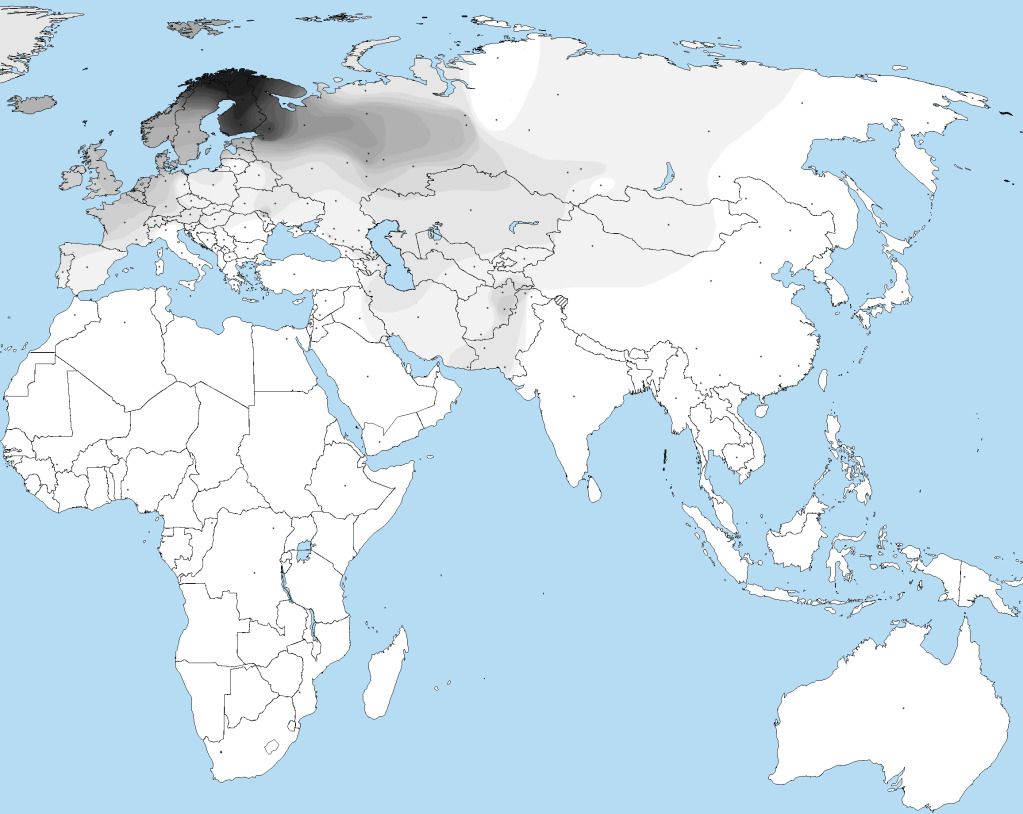Fire Haired
Regular Member
- Messages
- 689
- Reaction score
- 32
- Points
- 0
- Ethnic group
- Celto-Germanic, Latino(~6%)
- Y-DNA haplogroup
- R1b Df27(Spain)
- mtDNA haplogroup
- U5b2a2(Prussia)
I made the estimates myself that does not mean i randomly gave a date. I put together clues from history, archaeology, and other types of DNA. I use SNP's and STR age estimates as one of the things i use to figure out the age of haplogroups.
Age estimates have been proven to be to recent before. I dont know if they estimate mtdna hg's age differently from y dna hg but age estimates for mtdna H are 20,000-25,000ybp and 25,000-30,000ybp it would have originated in the middle east probably south caucus. Then why are there two 25,000ybp H17 samples in European Russia and one 28,000 year old H sample from far southern Italy.
It was already in southern Italy 28,000ybp who knows when it first got there plus it had a subclade in European Russia 25,000ybp. H probably arrived in Europe 33,000-36,000ybp and began in the mid east 35,000-50,000ybp. That is almost twice the age they estimated so who knows how old y dna I1 is.
Age estimates have been proven to be to recent before. I dont know if they estimate mtdna hg's age differently from y dna hg but age estimates for mtdna H are 20,000-25,000ybp and 25,000-30,000ybp it would have originated in the middle east probably south caucus. Then why are there two 25,000ybp H17 samples in European Russia and one 28,000 year old H sample from far southern Italy.
It was already in southern Italy 28,000ybp who knows when it first got there plus it had a subclade in European Russia 25,000ybp. H probably arrived in Europe 33,000-36,000ybp and began in the mid east 35,000-50,000ybp. That is almost twice the age they estimated so who knows how old y dna I1 is.




